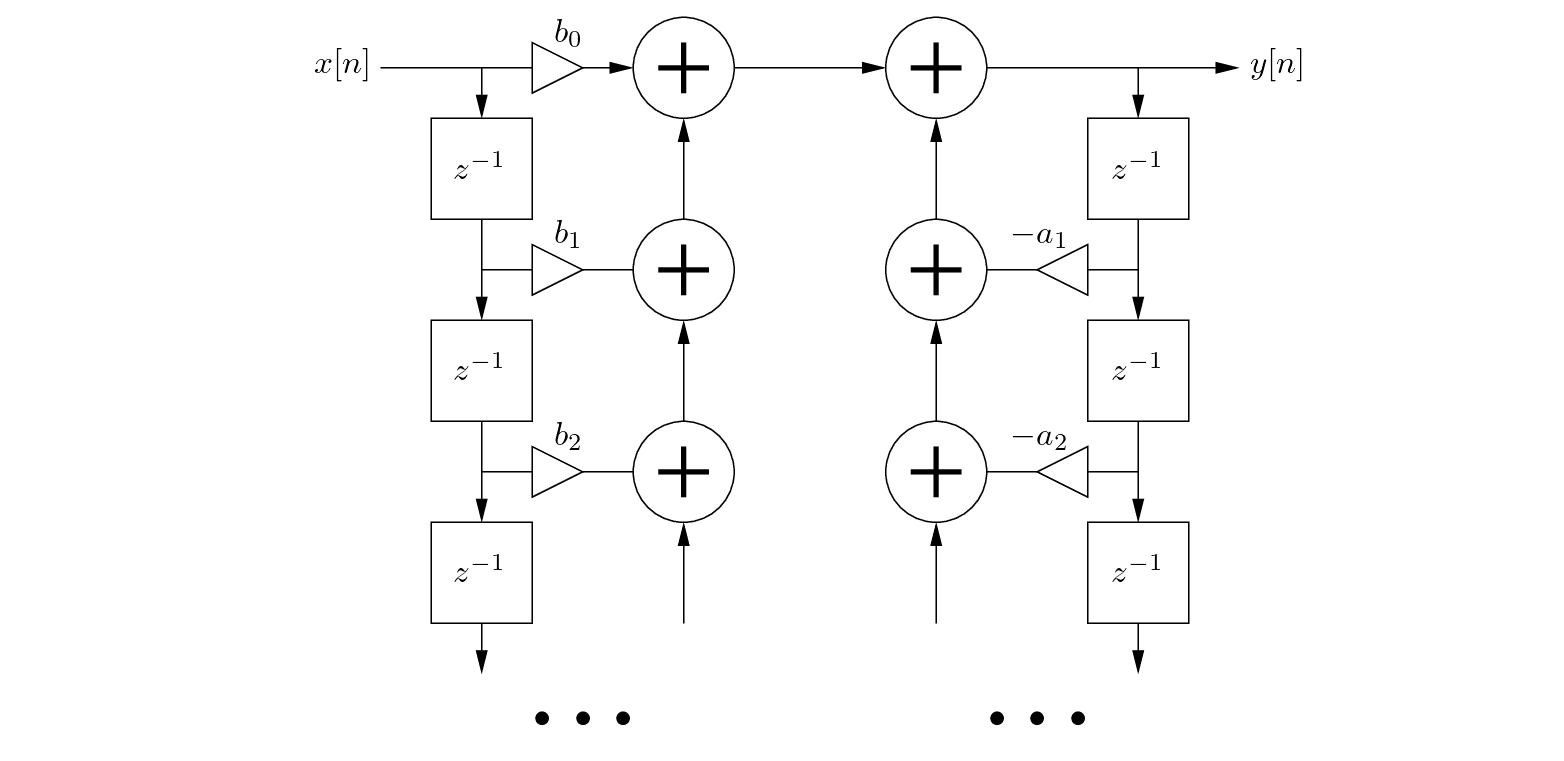Key Takeaways
- FIR filters have a finite impulse response, meaning their output depends only on a finite number of past inputs, whereas IIR filters have an infinite impulse response.
- FIR filters are always stable because their poles are inside the unit circle, while IIR filters may be unstable depending on the filter coefficients.
- FIR filters have linear phase characteristics, meaning they preserve the input signal’s phase information, whereas IIR filters may introduce phase distortion.
What is an FIR filter?
FIR filters are one of the two basic digital filters that generate no feedback and deliver a finite response. It has a filter response of finite duration and settles to zero within finite time. FIR filters are designed to be linear due to, which means they delay the response but do not change the phase. They are better suited for multi-rate applications that allow decimation, interpolation, or both. While performing both types of tasks, FIR filters allow one to omit some of the calculations, thus delivering better computational efficiency.
They are simple to implement and have desirable numeric properties. Owing to this property of the FIR filters, they are very popularly used in the DSP filters. One of the essential uses of FIR filters is in the Hilbert transformer. The different FIR filters used are Even order symmetric coefficients, Odd order symmetric coefficients, Even order antisymmetric coefficients, and Odd order antisymmetric coefficients.

What is an IIR filter?
IIR filter is a recursive filter that utilizes the previous inputs and outputs and current inputs to compute the filter output. The filter’s job is to allow the passing of specific signals while denying the rest. IIR filters utilize current as well as past output data also to work. In practice, the impulse response from IIR filters doesn’t become zero at any time. The systems using IIR filters never come to a relaxed state ultimately. Almost all the analog filters are IIR filters, but the digital filters may be either IIR or FIR.
The impulse response generated in the IIR filters is infinite because of the system’s feedback loop. For example, if you put in an input ( a single 1 sample followed by many 0 samples ), you will get an infinite number of non-zero values as the output.
The filters generated by the IIR filter are quick and require fewer calculations and memory. But they are harder to implement utilizing fixed point arithmetic.

Difference Between FIR filter and IIR filter
- FIR filters have a response of finite time, but the response generated in IIR filters lasts for infinite times, and internal feedback continues to respond continuously.
- FIR filters are used with systems that have 0 response. However, IIR filters never allow the response to settle to 0.
- It is not always possible to implement IIR filters using coefficients and magnitudes; however, you can seamlessly use them to implement FIR filters.
- FIR filters require more memory to deliver the particular filter response. At the same time, IIR filters work very efficiently with fewer memory requirements to deliver filter responses.
- FIR omits some of the calculations while delivering the response. On the other hand, each output needs to be separately calculated on IIR filters though the calculations can be deleted later.
Comparison Between FIR filter and IIR filter
| Parameter of Comparison | FIR filter | IIR filter |
| Definition | FIR filters are one of the two basic digital filters that generate no feedback and deliver a finite response | IIR filter is the digital filter that utilizes the previous inputs and outputs and current inputs to compute the filter output. |
| Full forms | Finite Impulse response | Infinite Impulse Response |
| Uses | FIR filters are used in communication, signal processing applications, consumer electronics, audio, etc. | IIR filters are used in resistors, capacitors, inductors, etc. |
| Nature | Non-recursive | Recursive |
| Transfer Function | Only zeros are present | Zeros, as well as poles, are also present. |




